|
by Jade Alicandro Mace Cleansing in the spring is a familiar and popular subject. But what about the concept of harmonizing with the spring? Traditional Chinese Medicine (TCM), and especially Chinese 5-Element Theory, provides us with a beautiful framework for understanding the spring and its energetics. When we’re attuned with the natural influences of this season, we can more easily tap into the rich gifts it has to offer. First, a little background. In TCM each season corresponds with an Element and an Organ System. The spring is associated with the Wood Element and the Chinese Liver-Gallbladder organ system (different from our anatomical liver and gallbladder!) and meridians. Understanding this organ/element pair and its associations is a great place to start when it comes to harmonizing with the spring. Keywords and phrases for the Liver-Gallbladder/Wood Element/Spring: Upwards moving energy, yang, growth, clear vision and purpose, decisiveness and decision-making, ambition, hopefulness, starting new projects, productivity Sounds just about right, doesn’t it? In the spring it’s easy to see these actions and influences happening in nature all around us (and also feel them within ourselves!) with buds opening, sap running, plants bursting forth from the ground, melting rivers of snow, new growth and renewal of life. There’s no indecisiveness there -- the plants are going to grow! Using appropriate foods, herbs and daily practices, is the best way to bring ourselves into alignment with these energetics of this season happening all around us. When we do so, we’ll see these qualities reflected in a balanced way within ourselves, on both a physical and mental/emotional level. TCM talks about the “gifts” of each season. These are the positive attributes of each element when it is in balance within us. Of course, attuning with the season at hand helps us express these positive attributes! Gifts of the Spring and the Wood Element: Smooth Flow around obstacles and Flexibility. The image to think about here is a new plant sprouting from the ground, maneuvering around fallen sticks and debris from the winter with ease, reaching for the sun. A young flexible sapling swaying in the wind is also a good visual image for Wood Element in balance. The opposite, an un-balanced Wood Element, is rigidness and inflexibility. Harmonizing with the Spring:
“One misunderstanding often arises regarding the use of flavors for seasonal attunement: The flavor associated with each Element affects the organ in that Element in specific, therapeutic ways, but it is not used for general attunement to the associated season. “- Healing With Whole Foods, By Paul Pitchford So, in other words, if you have a hot, angry, over-heated liver, then yes! The flavors for you are bitter and sour. But if you’re looking to attune with the spring, the best flavors to emphasize are sweet and pungent. Why? In TCM it is said that the sweet and pungent (spicy/aromatic) flavor have upward-moving, yang energy. So eating this flavor helps harmonize one with the seasonal influences of the spring that we’ve discussed above.
Pungent Foods and Herbs Include: Mugwort (Artemesia vulgaris), Bee Balm (Monarda sp), Catnip (Nepeta cataria), Oregano (Origanum sp), Garlic Mustard (Alliaria petiolata), Chives (Allium schoenoprasum), Garlic Chives (Allium tuberosum), Garlic greens (Allium sativa), Evening Primrose Leaves (Oneothera biennsis), Peppermint (Mentha piperita), Spearmint (Mentha spicata), Thyme (Thymus vulgaris), Sage (Salvia officinalis), Mustard Greens, Arugula, and so on. These are all wonderful plants for the spring and among the first to come back in the garden and hit the farmers markets! Sweet Foods and Herbs In terms of getting that sweetness we’re not talking sweet like sugar or really even honey. What we want is that mild sweetness found in many greens (that is often paired with some bitter), especially in the spring when that yang energy is the strongest. Remember that many greens are sweetest in the spring before they become more bitter in the summer. In terms of domesticated species, the Brassicas like kale and collards, asparagus, spinach and some lettuces really exemplify this. In terms of wild greens, Dandelion leaves (Taraxacum officinalis), Violet leaf (Viola sp.), and Nettles (Urtica dioica) are all good examples. A garden plant with lots of sweetness is Anise Hyssop (Agastache foeniculum). And don’t forget the roots! Dandelion root (Taraxacum officinale) and Burdock root (Arcticum lappa) both have some sweetness paired with the bitter flavor, and are quite abundant in our northeast bioregion.
References: Healing With Whole Foods: Asian Traditions and Modern Nutrition By Paul Pitchford Staying Healthy With the Seasons By Elson M. Haas Foundations of Chinese Medicine By Giovanni Maciocia The Web That Has No Weaver By Ted Kapchuk The Yellow Emporer’s Classic of Medicine/ The Neijing Circa 200-400 BC “Living Medicine” Larken Bunce, Herbstalk 2014 Clearpath School of Herbal Studies Chris Marano, Clinical Herbalist
Comments are closed.
|
Archives
November 2023
Categories
All
|
Join the Newsletter!
Receive news about future Herbstalk events
Thank you!
You have successfully joined our subscriber list.
Copyright © Herbstalk 2024
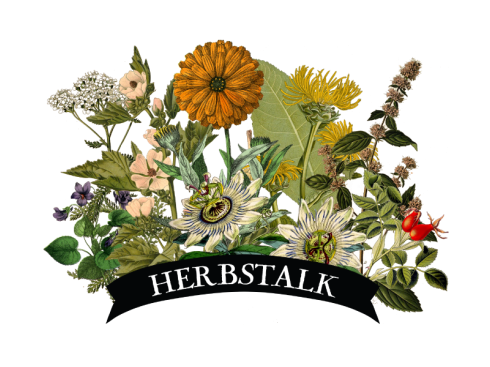
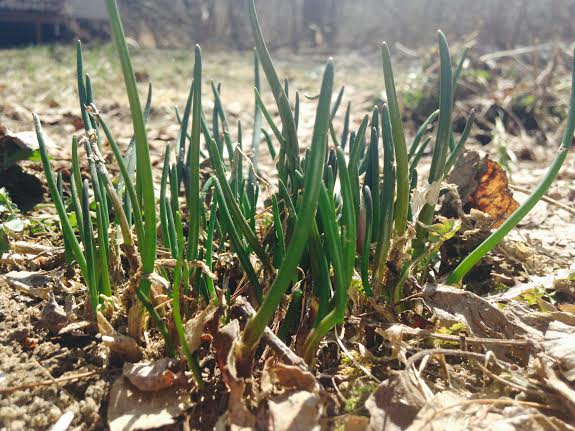
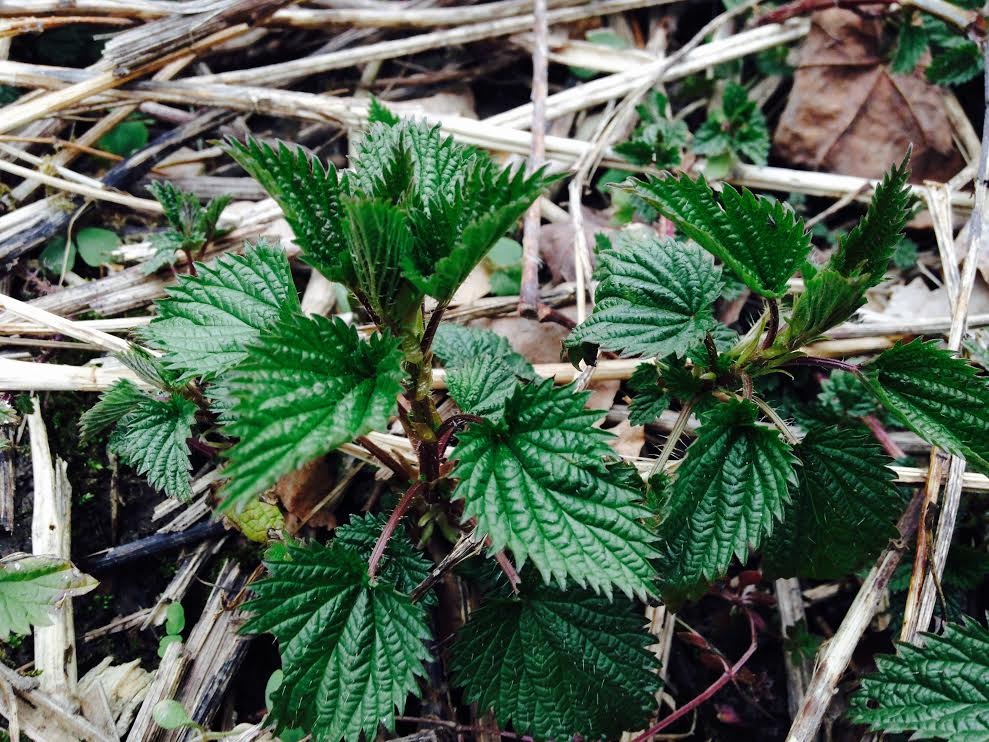
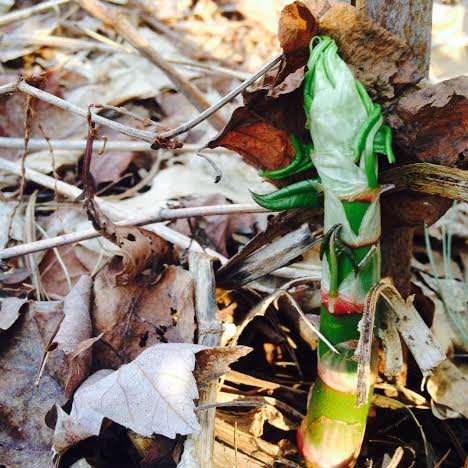
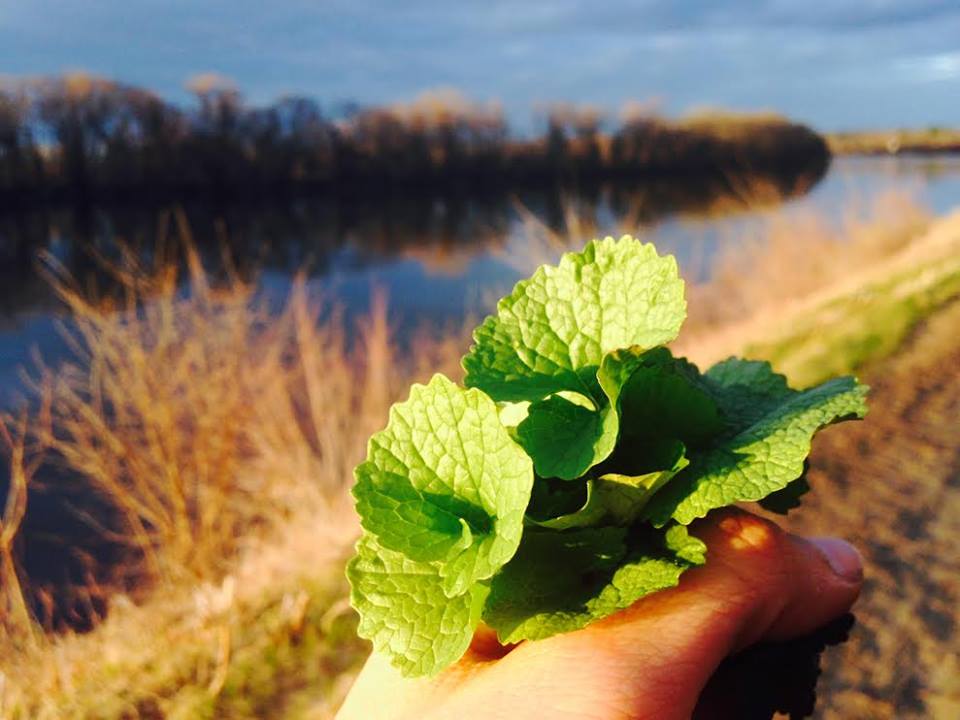
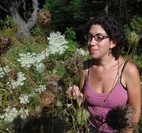
 RSS Feed
RSS Feed